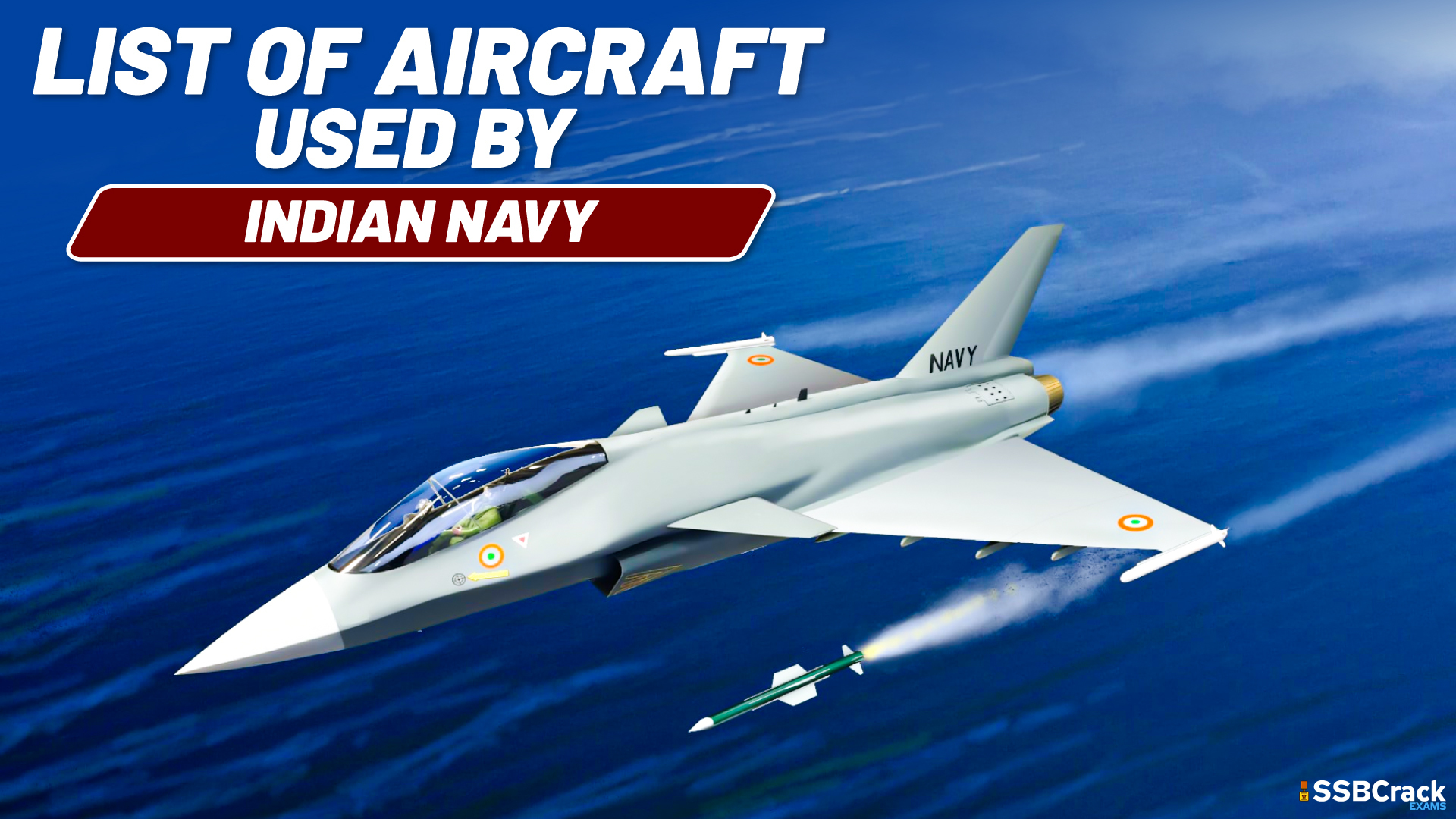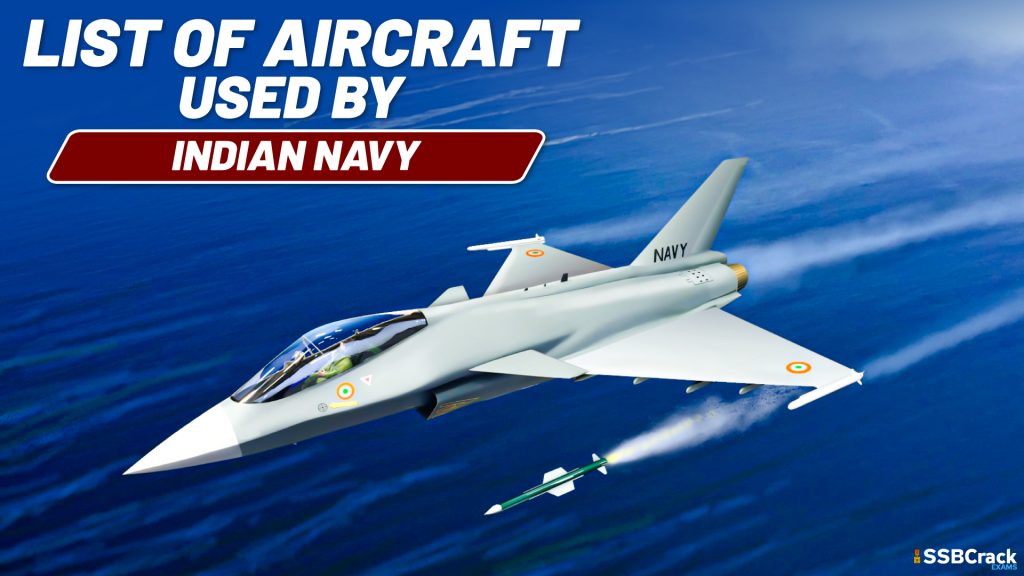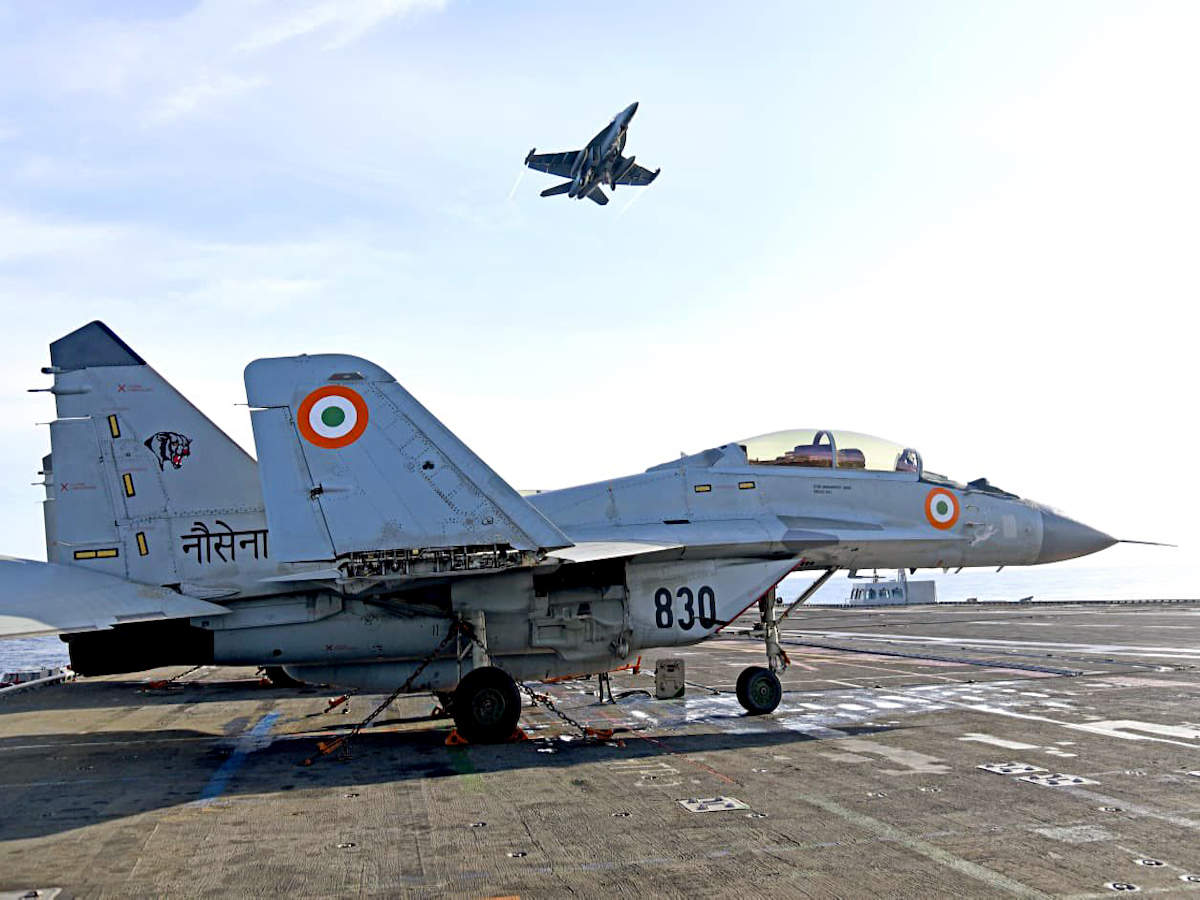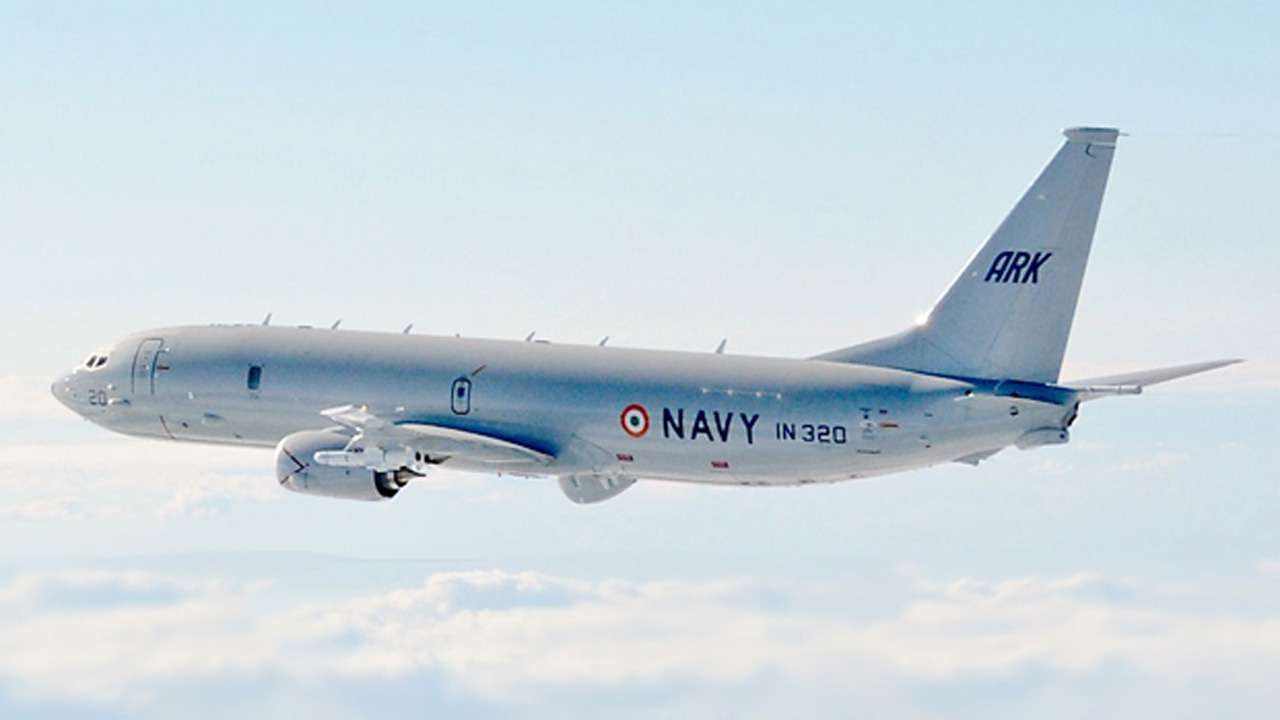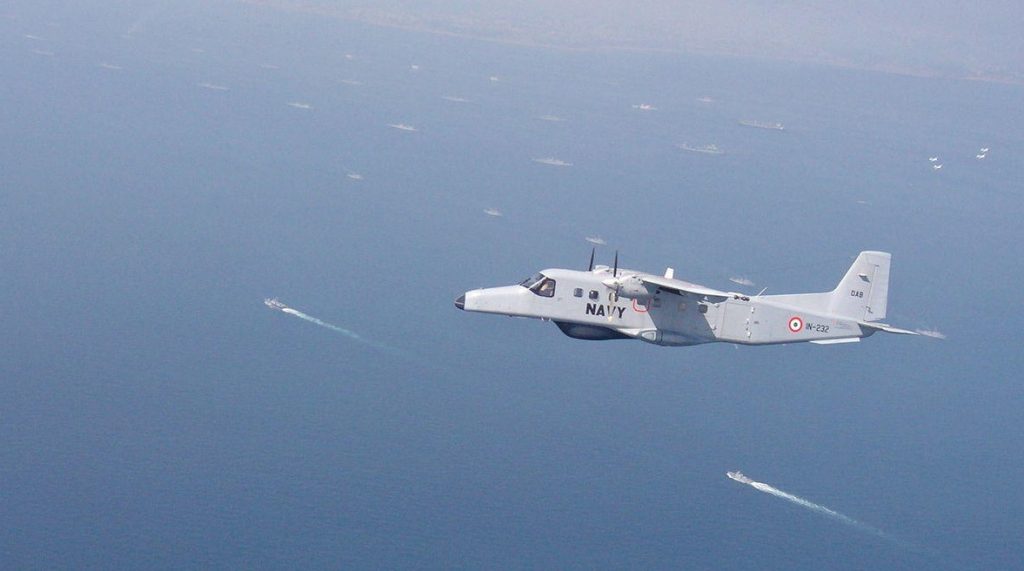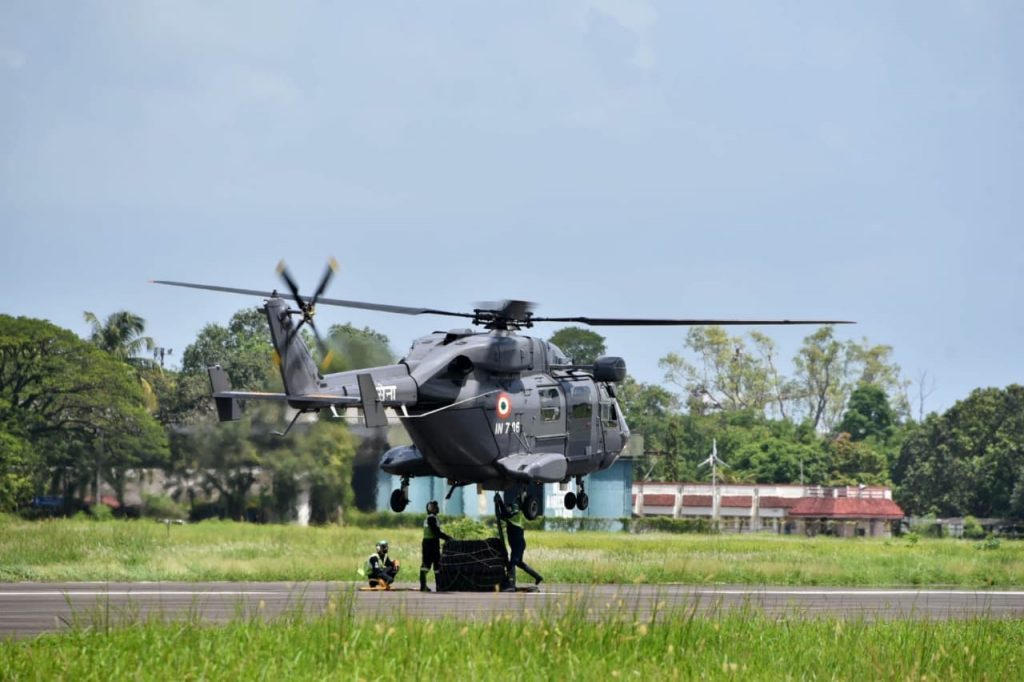The air arm of the Indian Navy is a significant part of defence forces. They use various aircraft and helicopters, for patrolling and for air-defence support to the naval fleet. Numerous aircraft carriers are currently part of our fleet and many more are expected to be ready soon. In this article, we present the list of aircraft used by the Indian Navy.
Mikoyan MiG-29K
The Indian Navy ordered 12 single-seat MiG-29Ks and four two-seat MiG-29KUBs on January 20, 2004. The Indian Navy’s first MIG-29K went to the skies on January 22, 2007. The MIG-29 KUB (two-seat trainer) has a comparable operating range as the MIG-29K. The aircraft will be stationed on the INS Vikramaditya aircraft carrier. INAS 303, the “Black Panthers,” was the first squadron to be commissioned on May 11, 2013. INAS 300, the second squadron, was commissioned on July 11, 2016. The aircraft was delivered to the Indian Navy in 2009.
The fighter jet is not the same as the MiG-29 used by the Indian Air Force. The aircraft’s undercarriage has been hardened in preparation for use on aircraft carriers. It also has far greater ‘over-the-shoulder’ vision, making a landing on a carrier at a high angle of attack much easier. Zhuk-ME radar, RD-33MK engine, combat payload up to 5,500 kg (12,100 lb), 13 hardpoints (including multi-lock bomb carriers), additional fuel tanks located in dorsal spine fairing and wing LERXs, increased total fuel capacity by 50% over the first variant of MiG-29, and an updated 4-channel digital fly-by-wire flight control system was among the modifications made for Indian Navy requirements.
Boeing P-8I Neptune
The P-8A is a multi-mission maritime patrol aircraft with a great range that can conduct broad-area, maritime, and littoral missions. The P-8A is a military variant of the Boeing Commercial Next-Generation 737 airliner. It offers greater performance and dependability, as well as a sophisticated mission system that assures maximum interoperability in the battlespace.
The P-8I is a modified export variant of the P-8A with Indian Navy-specific equipment. A Telephonics APS-143 OceanEye aft radar and a magnetic anomaly detector are two important components missing from the P-8A. (MAD). To present, India has acquired eight P-8I variants, with four more in production and scheduled to arrive in April 2020. It plans to purchase six additional planes.
For the cost, the P-8A is armed with marine weapons, a contemporary open mission system architecture, and commercial-like support. The aircraft has been upgraded to accommodate a bomb compartment and armament pylons (two weapons stations on each wing), as well as the ability to carry 129 sonobuoys. In addition, the plane is equipped with an in-flight refueling mechanism. P-8 derivatives, the P-8A Poseidon and the P-8I patrol the globe undertaking anti-submarine and anti-surface warfare, intelligence, surveillance and reconnaissance, humanitarian, and search and rescue operations, with over 180,000 flight hours to date.
The Do-228 is a twin-engine, multirole light transport aircraft designed and developed by Hindustan Aeronautics Limited (HAL) in India and RUAG Aerospace in Germany. It’s based on the Dornier Do-28 aircraft. Around 270 Do-228s were constructed, with 127 serving in the Indian Air Force, Indian Navy, and the Royal Netherlands Air Force, respectively.
The Do-228 may be used for passenger and freight transport, business purposes, aircrew training, maritime surveillance, search and rescue, border patrol, and medical evacuation operations. Do-228 manufacture was licensed to Hindustan Aeronautics Limited in 1986. In 1998, the manufacture of the Do-228 was halted in order to focus on the development of the Dornier Do-328. HAL restarted production in 2007.
HAL-DHRUV
Hindustan Aeronautics Limited produced the Dhruv light utility helicopter (HAL). It’s a multi-role, multi-mission helicopter with military and civilian applications. The Advanced Light Helicopter Development Program was formerly known as the Advanced Light Helicopter Development Program (ALH). The construction began in 1984, although progress was slow. In 1992, the first prototype took to the air for the first time. The Dhruv was only produced in 2000 because of delays, building challenges, a lack of money, and political reasons. A total of 75 helicopters had been supplied to the Indian armed services by 2007. India’s estimated demand for helicopters includes 120 for the army, 120 for the navy, and 60 for the air force.
The Dhruv has a naval version that can carry four anti-ship missiles or two torpedoes.
Some helicopters are equipped with a gun turret that houses a 20 mm M621 cannon. The Nag anti-tank missiles will be installed on the Indian army’s WSI (Weapon System Integrated) variants. These missiles are in the works right now. The Nag has a range of 4 kilometers and imaging infrared guiding. The HAL Dhruv’s cabin has a capacity of 12-14 personnel. It can carry four stretchers and two medical attendants in the air ambulance configuration.
The Ka-31 helicopter is a modified version of the earlier Russian Ka-29 marine helicopter designed for airborne early warning (AEW) missions. When not in use, it has a rotating radar system that is stored beneath the fuselage. It employs the ‘Oko’ radar system, which can identify airborne objects from a distance of up to 200 kilometers. This Oko radar may also be used to search for objects on the seabed or on land.
These helicopters are vital to the Indian Navy because they will increase radar coverage and function as an extra set of eyes. The radars onboard the ships have a restricted ‘horizon,’ meaning they can’t follow low-flying threats like anti-ship missiles. The Indian Navy ordered the Ka-31 AEW helicopters for the first time in 1999, and they were deployed on the INS Viraat aircraft carrier and other ships. There have been follow-on orders, and the Indian Navy now has roughly 14 Ka-31 helicopters in service.
Conclusion
These aircraft definitely add to our naval power and give us an upper hand especially in patrolling and counter-terrorist operations. The Indian Navy gives its personnel training in handling these aircraft and using it to our advantage in combat. In addition to these, HAL is planning to build indigenous helicopters, so that we gain some amount of self-reliance in this particular type of aircraft.
To join the Indian Army, Navy, and Air Force and Crack the AFSB, NSB & SSB Interview, You can join our SSB interview live classes batch and India’s Best NDA, CDS, AFCAT and Other Defence Exam Online Coaching. we recommend you to Enroll in SSB INTERVIEW ONLINE COURSE. Trusted by thousands of defence aspirants.
Also Read:
